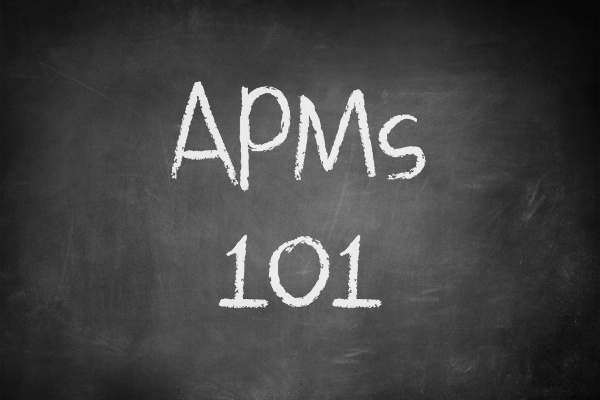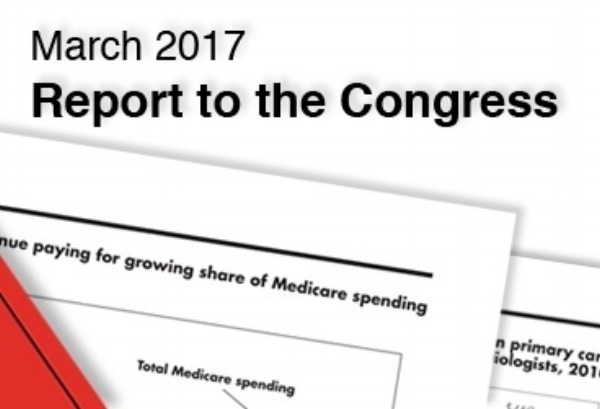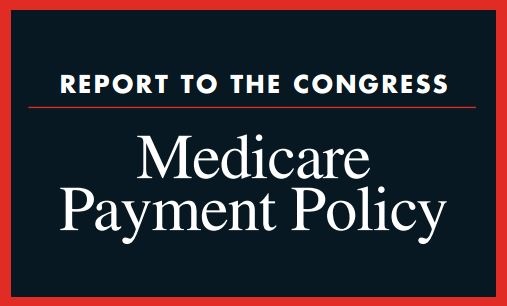What’s the Value of Innovation? (Part 2)
The previous installment of this blog series described the CMS Innovation Center and its mission to test innovative payment and delivery models and to implement the MACRA Quality Payment Program (QPP).
The QPP is designed to help achieve HHS’ goal of tying half of Medicare fee-for-service payments to quality or value through Advanced Payment Models (APMs) by 2018. Advanced APMs, one of the two tracks of MACRA, allows physician practices to earn more by assuming some financial risk related to patients’ outcomes. Certain Accountable Care Organizations (ACOs) in the Medicare Shared Savings Program (MSSP), including the new MSSP Track 1+ ACO, qualify as Advanced APMs.
Continue reading >












